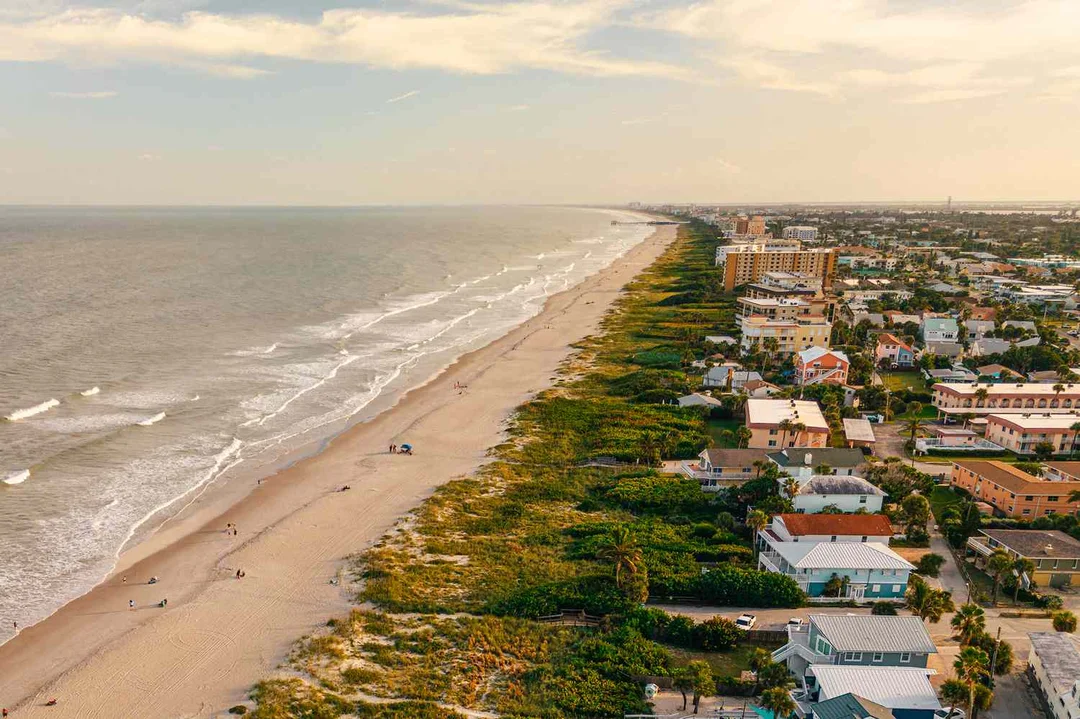
Hidden Dangers in Florida’s Waves: Are You Ready for the Next Big Risk?
Florida's stunning beaches have long drawn millions of visitors seeking sun and surf, but a recent wave of warnings from the National Weather Service (NWS) is reminding everyone that paradise can turn perilous in an instant. With reports of powerful rip currents claiming lives along the Atlantic coastline, this issue highlights the urgent need for awareness and safety precautions amid what could be a deadly summer season.
The NWS has issued multiple alerts about rip currents, narrow and fast-moving channels of water that can drag even strong swimmers out to sea. These warnings, drawing from recent data, spotlight high-risk areas including parts of South Florida like Miami, Boca Raton, West Palm Beach, and further north to Pensacola and Tallahassee. While one alert has expired, ongoing threats persist in southern regions, emphasizing that calm weather doesn't always mean safe swimming conditions. Rip currents, often invisible from the shore, are responsible for more annual deaths in the U.S. than hurricanes or tornadoes, making this a critical public safety concern.

Experts from the NWS and National Oceanic and Atmospheric Administration (NOAA) stress the importance of preparation. As one NWS statement urges, "Remember that rip current awareness is something we should all practice, BEFORE our feet hit the sand!" This advice comes after tragic incidents, such as the drowning of a 17-year-old boy at Lake Worth Beach and an army veteran who lost his life while rescuing his son from a rip current. These heartbreaking stories underscore the currents' speed—often exceeding 5 mph—and their ability to overwhelm swimmers unexpectedly. Comparing this to other natural hazards, rip currents stand out for their frequency and stealth, with government data reporting 66 deaths nationwide in 2024 alone, 19 in Florida.
In analysis, the surge in warnings appears linked to weather patterns like onshore winds, as noted by NWS senior meteorologist Chuck Caracozza. He explained that "breezy onshore easterly wind flow" amplifies the risk, turning seemingly perfect beach days into dangers. Swimmers are advised to avoid entering the surf alone and to heed beach flags and lifeguards. If caught in a rip current, the NWS recommends not fighting it directly but instead swimming parallel to the shore to escape. This approach, combined with real-time updates on weather.gov, could save lives and reduce the growing toll of these incidents.

As beach season ramps up, the key takeaway is clear: beauty and danger coexist in Florida's waters. Visitors must prioritize education and caution, as these currents show no signs of letting up. What steps are you taking to stay safe? Share your thoughts in the comments below and help spread awareness—your story could prevent the next tragedy.